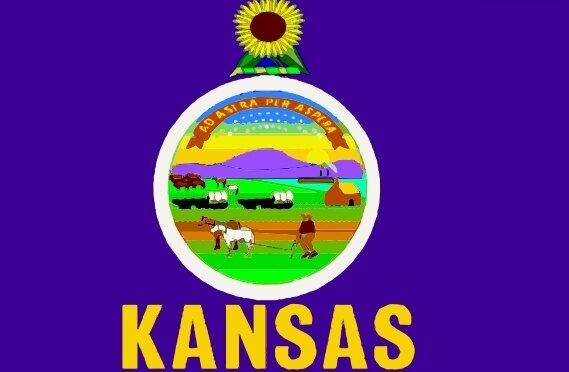TOPEKA, Kansas. – Classrooms are filling up at the eight Kansas Department of Corrections adult facilities. The department currently has 325 residents enrolled in college and career classes, including CTE (Career Technical Education) programs and associate and four-year degrees.
The Fall 2021 enrollment is an increase of 129 students over the last academic year.
The increase is due in part to Second Chance Pell grants. Kansas Governor Laura Kelly announced last fall that seven Kansas colleges had been awarded $2,229,125 million in Pell funding for incarcerated citizens. This was the second round of awards through the U.S. Department of Education, with 67 colleges selected from 180 applicants. Kansas received the highest number of awards in the nation.
Another four Kansas colleges are expected to apply in early 2022 for Second Chance Pell status. In July 2023, a ban – put in place in 1994 under the Violent Crimes Control and Law Enforcement Act – on Pell grants for those who are incarcerated will be lifted, leading to greater opportunities for more residents to enroll.
“Of the 325 residents in KDOC classrooms this fall, 240 are funded through Pell,” said Dr. Cris Fanning, KDOC Education Director. “By leveraging KDOC funds with Pell and other federal funds, KDOC plans to significantly increase market relevant job certifications for returning citizens.”
The classes are taught by professors from Kansas colleges. The Kansas Consortium for Correctional Higher Education, a partnership between KDOC, the Kansas Board of Regents and 11 Kansas higher education institutions, ensures prison programs are of the same quality as those on campus and that certifications and degrees are geared to high-demand occupations.
CTE programs include welding, sustainable/renewable energy, carpentry and electrical skills. Degree programs include associate of applied science, associate of arts in liberal studies and Bachelor of Science in computer information systems. As funding and space within the facilities allow, more programs and degrees will be added.
Special education and Title I services are also offered, and another 134 residents are enrolled in GED programs.
The connection between education and opportunity is well-documented. According to a recent Rand study, for every $1 spent on educating an incarcerated individual, taxpayers save between $4 and $5 in three-year incarceration costs. KDOC research indicates 75% of those entering prison have weak employment and education histories, and 50% of the reincarcerated were unemployed at the time of re-entry
“There is a direct link to education achievement and success after an individual fulfills their sentence and returns to the community,” said Jeff Zmuda, Kansas Secretary of Corrections. “Job readiness programs, transitional planning, private and correctional industry opportunities, mentors, tutors and many other key partners all play a part, but education and training are the foundation.”
Beyond the benefit to the individual, a skilled, ready-to-work workforce is one of our state’s highest needs.
KDOC releases approximately 6,000 individuals each year who return to their home communities. Providing training and education prior to release increases the labor pool for employers, and this in turn directly benefits local and state economies and improves the quality of life for all involved.
KDOC staff also observe that giving residents meaningful, relevant activities such as education and training leads to improved behavior. This is reflected in fewer rules violations and placements in restrictive housing. It also promotes positive engagement with staff and other residents and contributes to improved mental and physical health.
About the Kansas Department of Corrections
Through its strategic plan, Pathway for Success, the Kansas Department of Corrections’ vision, “Transforming Lives for the Safety of All,” is becoming reality by: (1) Investing in Individuals; (2) Creating an Environment for Change and Well-Being; (3) Enhancing and Maximizing Communication; (4) Fostering Dignity and Safety; and (5) Engaging and Strengthening Our Partnerships. In addition, KDOC now benefits from over four decades of scientific research defining the key principles of reducing crime, principles that align with this statutory purpose. The history of KDOC dates back to the founding of Kansas. More recently, the 1973 Kansas Legislature recodified KDOC’s purpose and current law reads, in part, “…rehabilitate, train, treat, educate and prepare persons convicted of felony in this state for entry or reentry into the social and economic system of the community… .”
